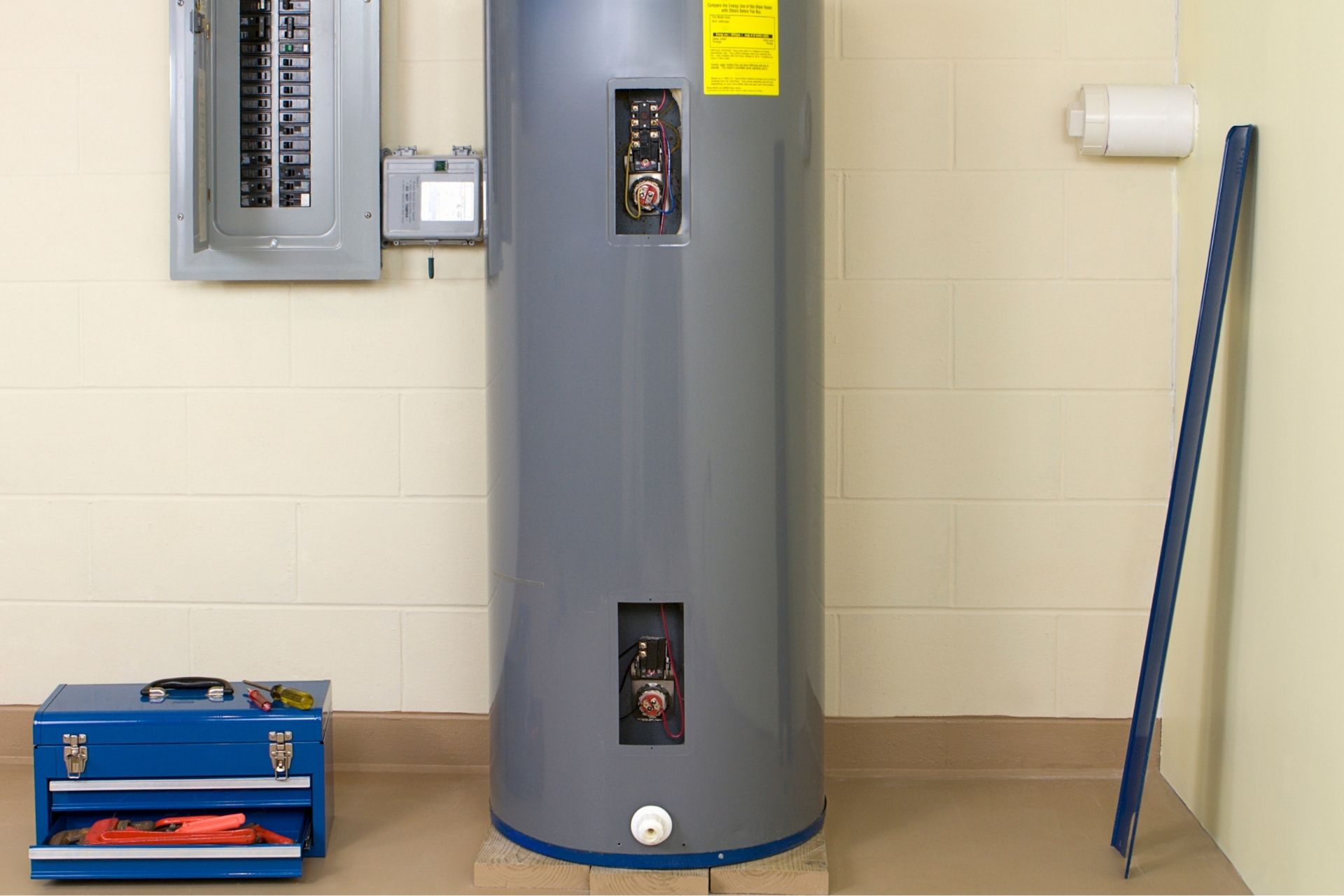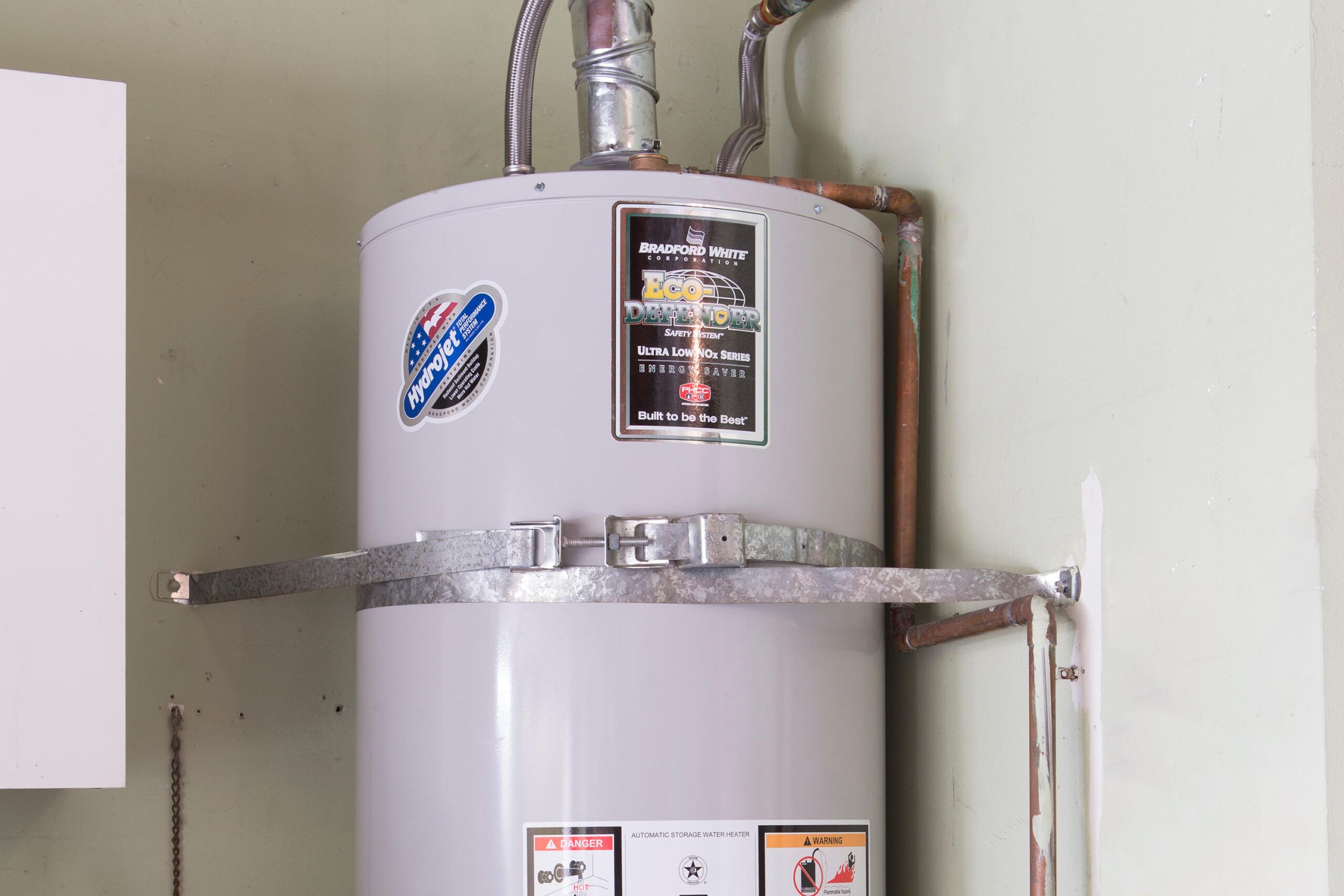Professional Guidance on Maintaining Your Home's Hot Water SystemMaintaining Your Home's Hot Water System: Key TipsKey Tips on Caring for Your Home's Hot Water System
Professional Guidance on Maintaining Your Home's Hot Water SystemMaintaining Your Home's Hot Water System: Key TipsKey Tips on Caring for Your Home's Hot Water System
Blog Article
What are your opinions about How to Maintain Your Water Heater & Prolong its Life?

Hot water is vital for everyday convenience, whether it's for a refreshing shower or washing meals. To ensure your hot water system runs effectively and lasts much longer, normal upkeep is vital. This article offers practical tips and insights on exactly how to preserve your home's warm water system to prevent disturbances and pricey repair work.
Introduction
Preserving your home's warm water system may appear overwhelming, yet with a couple of easy actions, you can guarantee it runs efficiently for several years ahead. This overview covers whatever from comprehending your hot water system to DIY maintenance tips and knowing when to contact expert assistance.
Significance of Preserving Your Hot Water System
Routine upkeep not just prolongs the lifespan of your warm water system yet additionally ensures it operates successfully. Ignoring maintenance can cause lowered efficiency, higher power expenses, and even premature failing of the system.
Signs Your Hot Water System Demands Upkeep
Understanding when your hot water system needs focus can protect against significant concerns. Watch out for indications such as inconsistent water temperature level, odd noises from the heater, or rusty water.
Purging the Hot Water Heater
Flushing your water heater gets rid of debris buildup, improving efficiency and lengthening its life.
Checking and Changing Anode Rods
Anode rods stop deterioration inside the storage tank. Examining and changing them when worn out is critical.
Complicated Issues Calling For Expert Assistance
Examples include major leaks, electric issues, or if your water heater is regularly underperforming.
Regular Expert Maintenance Benefits
Specialist maintenance can include detailed examinations, tune-ups, and making certain compliance with safety criteria.
Examining and Adjusting Temperature Level Settings
Readjusting the temperature level settings ensures optimal performance and safety and security.
DIY Tips for Maintenance
You can execute a number of upkeep tasks on your own to keep your warm water system in top problem.
Checking for Leakages
On a regular basis inspect pipelines and connections for leaks, as these can bring about water damages and higher bills.
Comprehending Your Warm Water System
Before diving right into upkeep jobs, it's handy to comprehend the fundamental parts of your warm water system. Generally, this includes the water heater itself, pipes, anode poles, and temperature level controls.
Monthly Upkeep Tasks
Normal month-to-month checks can aid capture minor problems before they rise.
Testing Pressure Alleviation Valves
Testing the stress safety valve ensures it functions appropriately and prevents excessive pressure build-up.
Protecting Pipelines
Shielding warm water pipelines reduces warm loss and can conserve power.
When to Call an Expert
While DIY upkeep is beneficial, some problems need specialist proficiency.
Final thought
Normal upkeep of your home's warm water system is necessary for effectiveness, longevity, and cost financial savings. By complying with these ideas and recognizing when to look for expert help, you can ensure a dependable supply of hot water without unanticipated disturbances.
Water Heater Maintenance: The Basics
Maintaining your water heater will ensure it operates efficiently and has a longer lifespan. Neglecting regular maintenance can lead to costly repairs and an even bigger chunk of your savings if you have to replace it sooner than necessary. But there’s good news: Most water heater maintenance tasks are relatively simple and easy for homeowners with basic DIY skills.
Flush the Water Heater
Over time, sediment and minerals can build up in the tank, reducing its efficiency and potentially causing damage. To flush the tank, turn off the power or gas supply, attach a hose to the drain valve near the bottom and open the valve to drain the water until it runs clear. Ideally, flush the tank annually.
Replace the Anode Rod
The anode rod is a sacrificial metal rod that helps prevent corrosion inside the tank. Inspect and replace it every three to five years or per the manufacturer's recommendation. To replace the anode rod, turn off the power or gas supply, drain a few gallons of water from the tank, unscrew the old rod and replace it with a new one. If the anode rod is significantly corroded or covered in calcium buildup, it's a sign the water heater may need to be replaced soon.
Tune-Up
A yearly tune-up can help identify potential issues and ensure your water heater operates at peak efficiency. This typically involves checking the thermostat, burner assembly (for gas heaters) and any other components specified by the manufacturer. During a tune-up, the technician may also clean the burner and adjust the pilot light (for gas heaters) or examine the heating elements (for electric heaters).
How to Maintain Your Water Heater
Insulate the tank. Insulating the tank can improve energy efficiency and reduce heat loss, saving you money on energy bills. You can purchase precut insulation blankets designed specifically for water heaters or use standard fiberglass insulation wrapped securely around the tank. Check the temperature. The recommended water temperature for most households is around 120 degrees Fahrenheit (49 degrees Celsius). Higher temperatures can increase energy costs and potentially cause scalding. Use a kitchen thermometer to check the temperature at the faucet nearest the water heater. Monitor water pressure. Excessive water pressure can strain the water heater and cause leaks or even tank failure. Install a pressure-reducing valve if necessary. The ideal water pressure range is between 60 and 70 PSI (pounds per square inch). Test the temperature and pressure (T&P) relief valve. The T&P relief valve is a safety feature that releases pressure if the tank gets too hot or the pressure builds up too high. Test it annually by lifting the lever and allowing a small amount of water to release. Replace the valve if it doesn't release water or reseal properly. Check for leaks. Regularly inspect the tank, pipes and fittings for leaks or corrosion. Deal with issues promptly to prevent further damage. Even a small leak can lead to significant water damage over time. Consider a tankless water heater. If your traditional tank-style water heater is nearing the end of its lifespan ( typically 10 years), consider replacing it with a tankless water heater. These units heat water on demand, reducing standby energy losses and potentially saving you money on your energy bills. Schedule professional maintenance. While homeowners can perform many water heater maintenance tasks, it's still a good idea to schedule professional maintenance every few years. A plumber or HVAC technician can thoroughly inspect the unit, identify potential issues and ensure it operates safely and efficiently. https://www.homeserve.com/en-us/blog/home-improvement/hot-water-heater-maintanence/

We had been introduced to that article about How to Maintain a Hot Water Heater in a Few Simple Steps through a pal on another domain. Sharing is nice. Helping people is fun. We love your readership.
Schedule Now Report this page